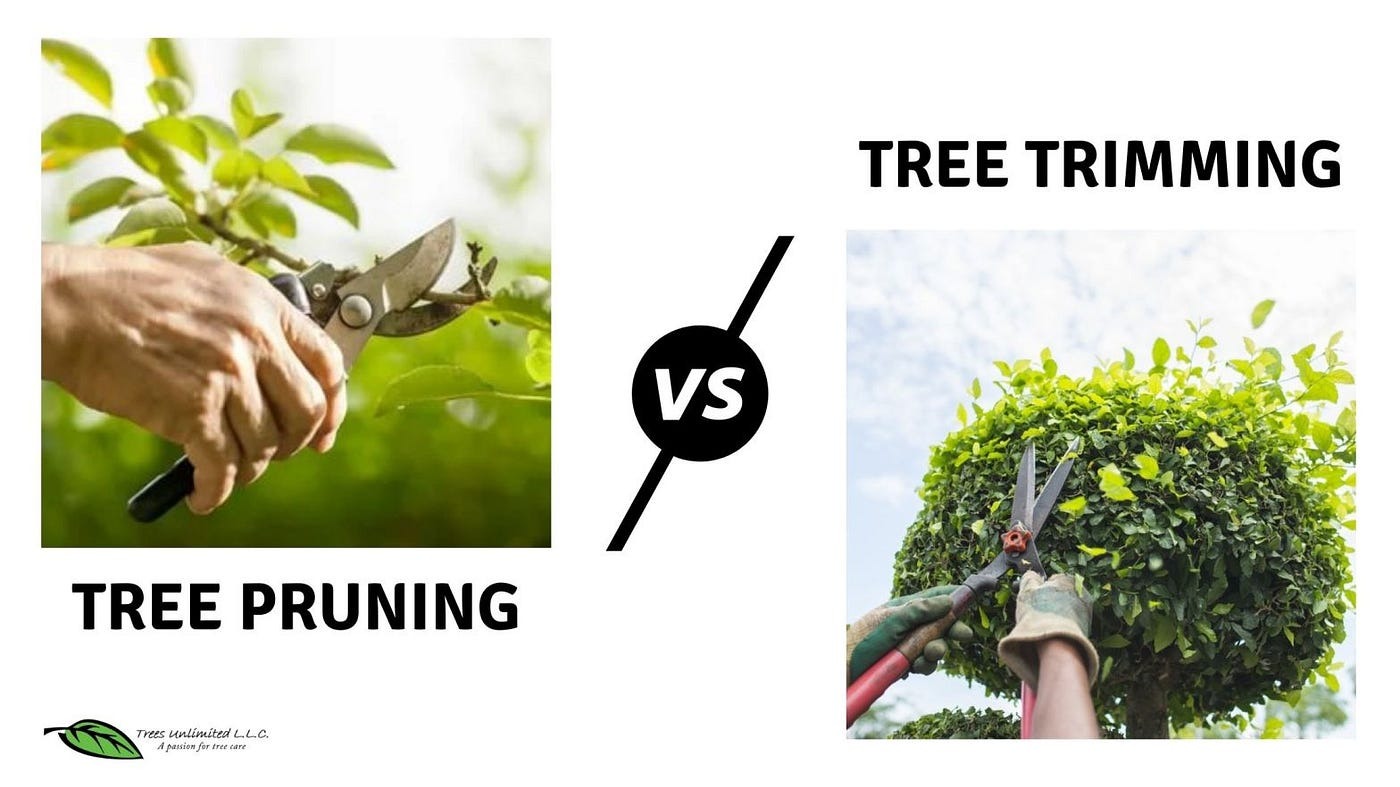
Introduction: The Rate That Drives Your Deal
Securing the keys to a new or used vehicle is an exciting moment. But amidst the anticipation of open roads and new adventures, there’s a critical number that profoundly impacts your purchase long after you drive off the lot: the finance rate. This single percentage point figure, often discussed as the Annual Percentage Rate (APR), holds significant sway over the total cost of your vehicle.
More Than Just a Monthly Payment: Why Your Car's Interest Rate is Crucial
It's tempting to focus solely on the monthly payment fitting comfortably within your budget. However, the interest rate is the invisible engine driving the long-term cost of your car loan. A lower rate means less of your hard-earned money goes towards interest charges over the life of the loan, potentially saving you hundreds, even thousands, of dollars. Conversely, a higher rate inflates the total amount you pay, making the vehicle substantially more expensive than its sticker price suggests. Understanding this dynamic is fundamental to making a financially sound purchase.
Setting Your Sights: Defining a Good Finance Rate in Today's Market
So, what exactly constitutes a "good" finance rate? The answer, frustratingly perhaps, is: it depends. Interest rates fluctuate based on prevailing economic conditions, lender policies, and, most importantly, your individual financial profile. A "good" rate isn't a static number etched in stone; rather, it's the most competitive and advantageous rate you can qualify for in the current market environment. Our goal is to equip you to find precisely that.
Empower Your Purchase: Knowledge is Your Best Negotiation Tool
Navigating the auto financing process can feel complex, even intimidating. Lenders assess various factors to determine your specific rate offer. By understanding these factors and knowing how to benchmark potential offers, you transform from a passive applicant into an empowered borrower. This knowledge becomes your most potent tool, enabling you to negotiate effectively and secure terms that align with your financial well-being.
Decoding Car Finance Rates: Understanding APR
The acronym APR frequently appears in loan discussions, but what does it truly represent? It’s more than just a simple interest rate.
APR Explained: The True Cost of Borrowing for Your Vehicle
APR stands for Annual Percentage Rate. Crucially, it represents the total annual cost of borrowing money, expressed as a percentage. Unlike a simple interest rate, the APR typically incorporates not only the interest but also certain lender fees and charges associated with originating the loan (though some fees might still be separate). This provides a more comprehensive, apples-to-apples comparison tool when evaluating different loan offers, giving you a clearer picture of the genuine expense.
How Interest Accumulates: Impact on Payments and Total Price Paid
Car loans typically use simple interest calculated on the declining principal balance. Each month, part of your payment covers the accrued interest, and the remainder reduces the principal amount you owe. Initially, a larger portion of your payment goes towards interest. As the principal shrinks over time, more of your payment chips away at the loan balance itself. Even a seemingly small difference in APR can lead to substantial divergence in the total interest paid over several years, significantly altering the vehicle's ultimate cost.
Simple Interest vs. APR: Knowing the Difference Matters
While related, the simple interest rate is just one component of the APR. Always focus on the APR provided in official loan disclosures, as it gives a more holistic view of the borrowing cost, encompassing certain obligatory fees required to get the loan. Relying solely on the advertised simple interest rate might obscure the true financial commitment.
The Anatomy of Your Interest Rate: What Lenders Look At
Lenders aren't plucking rates out of thin air. They employ a sophisticated risk assessment process, evaluating several key factors specific to you and the loan itself.
It's Personal: Why Rates Vary Wildly Between Borrowers
There's no one-size-fits-all car loan rate because every borrower presents a unique financial tableau. Your credit history, income stability, debt load, and the specifics of the loan you're seeking all contribute to the lender's perception of risk – the likelihood you'll repay the loan as agreed. This perceived risk directly correlates with the interest rate offered.
Your Credit Score: The Undisputed Heavyweight Champion of Rates
Among all factors, your credit score reigns supreme. This three-digit number serves as a primary indicator of your creditworthiness, summarizing your history of managing debt. Lenders rely heavily on scores from major bureaus (Equifax, Experian, TransUnion), often using FICO or VantageScore models. A higher score signals lower risk, generally unlocking access to the most favorable interest rates. It is the single most influential determinant of your borrowing costs.
Super Prime & Prime Power: Unlocking the Door to the Lowest Rates
Borrowers boasting excellent credit scores (typically falling into the 'Super Prime' or 'Prime' categories – often considered roughly 720 or higher, though exact thresholds vary by lender) are viewed as the lowest risk. Consequently, they qualify for the most preferential interest rates offered by lenders. Think of a high credit score as the key that unlocks the door to significant savings on interest payments.
Navigating Near Prime & Subprime: Understanding Higher Rate Realities
Conversely, individuals with credit scores in the 'Near Prime' or 'Subprime' tiers (generally below the mid-600s) represent a higher perceived risk to lenders due to past credit challenges or limited credit history. To compensate for this increased risk of potential default, lenders will offer higher interest rates. While financing is often still possible, the cost of borrowing will be demonstrably greater.
Loan Term Tactics: Why Shorter Terms Often Mean Sweeter Rates
The length of your loan term – the period over which you repay the loan (e.g., 48, 60, 72 months) – also impacts your rate. Lenders generally view longer terms as carrying slightly more risk; there's simply more time over which unforeseen financial difficulties could arise for the borrower. As a result, shorter loan terms often correlate with lower interest rates. While this means higher monthly payments, the total interest paid is significantly less.
Down Payment Power: How More Skin in the Game Can Lower Your Interest
A substantial down payment positively influences your finance rate. By paying more upfront, you reduce the total amount borrowed, known as the Loan-to-Value (LTV) ratio. A lower LTV signifies less risk for the lender because they have less capital exposed, and you have more equity invested in the vehicle from the start. This reduced risk can often translate into a more favorable interest rate offer.
New vs. Used: Does Vehicle Age Steer Your Finance Rate?
Generally, interest rates for used car loans tend to be slightly higher than those for new cars. Lenders perceive used vehicles as having potentially less predictable resale values and potentially higher maintenance needs, translating to marginally increased risk. However, certified pre-owned (CPO) vehicles, which undergo rigorous inspections and often come with warranties, might secure rates closer to those offered for new cars.
The Bigger Economic Picture: How Market Conditions Sway Lender Offers
Your individual profile isn't the only influence. Broader macroeconomic conditions, such as the Federal Reserve's benchmark rates, inflation levels, and overall market liquidity, set the baseline environment for lending rates. When benchmark rates rise, consumer loan rates typically follow suit, regardless of individual creditworthiness.
Lender Landscape: Banks vs. Credit Unions vs. Dealership Financing – Who Offers What?
Different types of lenders approach auto financing distinctly. Banks offer wide accessibility but sometimes have stricter criteria. Credit unions, being member-owned nonprofits, often provide highly competitive rates but require membership. Dealership financing offers supreme convenience, acting as an intermediary with various lenders, but their offered rates might include a markup – making independent comparisons vital.
So, What Is a Good Car Loan Rate Today?
Having dissected the influencing factors, let's tackle the core question, acknowledging the inherent variability.
The Relativity Rule: Why Good Depends Entirely on Your Profile
It bears repeating: a "good" rate is relative. An excellent rate for someone with a 620 credit score will be considerably higher than an excellent rate for someone with a 780 score. Comparing your offer to a generic average without considering your specific credit tier, desired loan term, and vehicle type provides an incomplete picture. Focus on achieving the best possible rate for your circumstances.
Benchmarking Your Offer: Tapping into Current Average APRs (Always Check Fresh Data!)
To gauge competitiveness, consult current national average APR data. Reputable sources like the U.S. Federal Reserve, major financial news outlets (like Bankrate or NerdWallet), and large credit unions often publish recent average rates categorized by credit score tiers and loan terms (new vs. used). Crucially, ensure this data is current, as rates can shift relatively quickly based on economic trends. This provides a valuable benchmark.
Rate Tiers Revealed: What to Expect Based on Your Credit Standing
While exact numbers fluctuate constantly, as a very general illustration (always verify current data): Super Prime borrowers might see rates in the low single digits, Prime borrowers slightly higher, Near Prime borrowers approaching or exceeding double digits, and Subprime borrowers potentially facing significantly higher rates. These are purely illustrative; check current averages for relevant figures.
Is Your Offer Competitive?: Comparing Against the Benchmarks
Once you have a loan offer (or ideally, multiple offers), compare the APR against the current benchmark averages for your approximate credit tier and loan specifics (term length, new/used). If your offer is significantly higher than the benchmark average for your profile, it warrants further investigation or negotiation. If it's at or below the average, you're likely in a favorable position.
Spotlight on Special Offers: Are They Truly Special?
Manufacturers and dealerships frequently advertise enticingly low promotional rates, including the coveted 0% APR. But prudence dictates a closer examination.
Decoding 0% APR Deals: The Real Story Behind Manufacturer Incentives
Zero percent financing is typically a manufacturer-subsidized incentive designed to move specific models. Qualification usually demands top-tier credit scores (Super Prime). These offers are often restricted to shorter loan terms and may only apply to select, sometimes slower-selling, vehicle models. It's a genuine offer for qualified buyers but not universally available.
Read the Fine Print: Are You Sacrificing Rebates for That Rock-Bottom Rate?
Often, choosing a special low APR offer, particularly 0%, means forfeiting customer cash rebates or other incentives offered on the same vehicle. You must carefully calculate whether the savings from the 0% APR over the loan term outweigh the immediate value of the cash rebate. Sometimes, taking the rebate and securing a still-competitive rate from your bank or credit union results in a lower overall cost. Run the numbers both ways.
Strategies for Securing Your Best Possible Rate
Knowledge is power, but action secures savings. Implement these strategies to position yourself for the most advantageous financing terms.
Know Before You Owe: The Power of Checking Your Credit Report First
Before you even think about applying for a loan, obtain copies of your credit reports from all three major bureaus (Equifax, Experian, TransUnion). Review them meticulously for any errors or inaccuracies that could be negatively impacting your score. Disputing and correcting errors before lenders pull your credit is a proactive step towards securing a better rate. Understand your standing.
Get Pre-Approved: Your Secret Weapon Before Stepping into the Dealership
Approach your bank, credit union, or reputable online lenders to get pre-approved for an auto loan before visiting dealerships. A pre-approval provides a concrete rate offer based on your creditworthiness, establishes your budget ceiling, and gives you immense negotiating leverage. You can walk into the dealership as a cash buyer, focusing on the vehicle price rather than getting entangled solely in the dealership's financing options immediately.
Shop 'Til Your Rate Drops: Comparing Multiple Lender Offers is Non-Negotiable
Don't accept the first offer you receive. Obtain quotes from several different lenders – your bank, a local credit union (or several), and perhaps one or two established online auto lenders. Submitting multiple loan applications within a short timeframe (typically 14-45 days) is generally treated by credit scoring models as a single inquiry, minimizing the impact on your credit score. Comparison shopping is paramount.
Don't Be Afraid to Negotiate: That First Offer Isn't Always the Final Offer
Armed with your credit knowledge and potentially a pre-approval offer, don't hesitate to negotiate the finance rate, especially at the dealership. If the dealership's offer isn't as competitive as your pre-approval, let them know. They may be able to match or beat the competing offer to win your financing business. The initial quote isn't necessarily immutable.
Beyond the APR: Focusing on the Total Loan Cost
While securing a low APR is vital, avoid developing tunnel vision. The ultimate goal is minimizing the total cost of financing the vehicle.
The Low Payment Illusion: Why Focusing Solely on Monthly Costs Can Cost You More
Dealerships sometimes focus discussions on achieving a specific low monthly payment, often by extending the loan term significantly (e.g., 72 or even 84 months). While the monthly outlay seems manageable, these longer terms mean you pay dramatically more interest over the life of the loan. Resist the allure of the lowest possible payment if it comes at the expense of a much higher total cost due to protracted interest accrual.
Calculate the Total Interest: Understanding the Full Price Tag of Financing
Utilize online auto loan calculators. Input the loan amount, APR, and loan term for each offer you're considering. These tools will reveal the total interest you'd pay over the entire loan period. Comparing this total interest figure across different scenarios provides a much clearer picture of the true cost of each financing option, enabling a more informed decision.
Watch Out for Add-Ons: Protecting Your Loan from Unnecessary Extras
Be vigilant about optional products dealers might try to roll into your loan, such as extended warranties, GAP insurance (which can sometimes be bought cheaper elsewhere), or credit life insurance. While some add-ons might have value, ensure you understand them fully and need them. Including them in the loan increases the principal amount financed, meaning you pay interest on them for years, further inflating your total cost.
Conclusion: Driving Away with Confidence (and a Great Rate)
Navigating auto financing successfully hinges on understanding the interplay between your financial profile, market conditions, and lender practices. Defining a "good" rate is less about hitting a magic number and more about securing the most advantageous terms available to you.
Your Rate Roadmap: Preparation and Profile Determine Your Destination
The interest rate you ultimately secure is largely a reflection of your creditworthiness and your preparation. Knowing your credit score, understanding the factors lenders weigh, obtaining pre-approval, and diligently comparing offers are the navigational tools that guide you toward a favorable financing destination. Your financial history and proactive efforts chart the course.
Take Control: Use This Knowledge to Secure the Best Financing Possible
You are now equipped with the insights needed to approach car financing strategically. Take control of the process. Do your homework, shop around aggressively, understand the full cost implications beyond the monthly payment, and negotiate confidently. By leveraging this knowledge, you significantly increase your chances of not just driving away in the car you want, but doing so with a finance rate that keeps more money in your pocket for the road ahead.



















